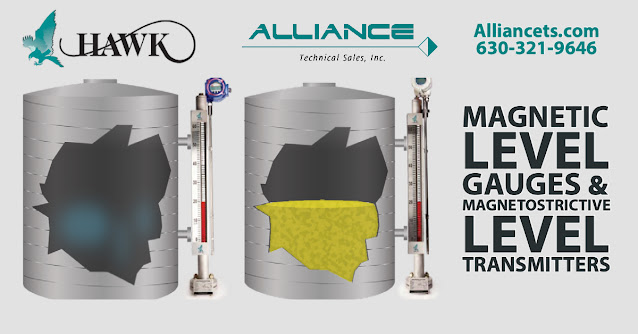A magnetic level gauge is a type of instrument that is used to measure the level of a liquid in a tank or process vessel. It works by using a magnetically coupled float that moves up and down along a calibrated vertical scale as the level of the liquid changes. The position of the float is indicated by a pointer or display that is visible to the operator.
In process control applications, the magnetic level gauge is used to monitor and control the level of liquids in tanks, vessels, and other containers. This is important for a number of reasons, including safety, efficiency, and product quality. For example, if the level of a liquid is too low, it may indicate a leak or a problem with the process. On the other hand, if the level is too high, it may indicate that the process is running too quickly or that there is a risk of overflow.
The magnetic level gauge is typically mounted on the outside of the tank or vessel, which allows the operator to easily monitor the level of the liquid without having to open the vessel or disrupt the process. Some gauges may also be equipped with alarms or automatic control systems that can shut down the process if the liquid level becomes too high or too low.
Overall, the magnetic level gauge is an important tool in process control, as it helps to ensure the safe and efficient operation of industrial processes that involve the handling of liquids.
For more information, contact Alliance Technical Sales. Call 630-321-9646 or visit https://alliancets.com.




